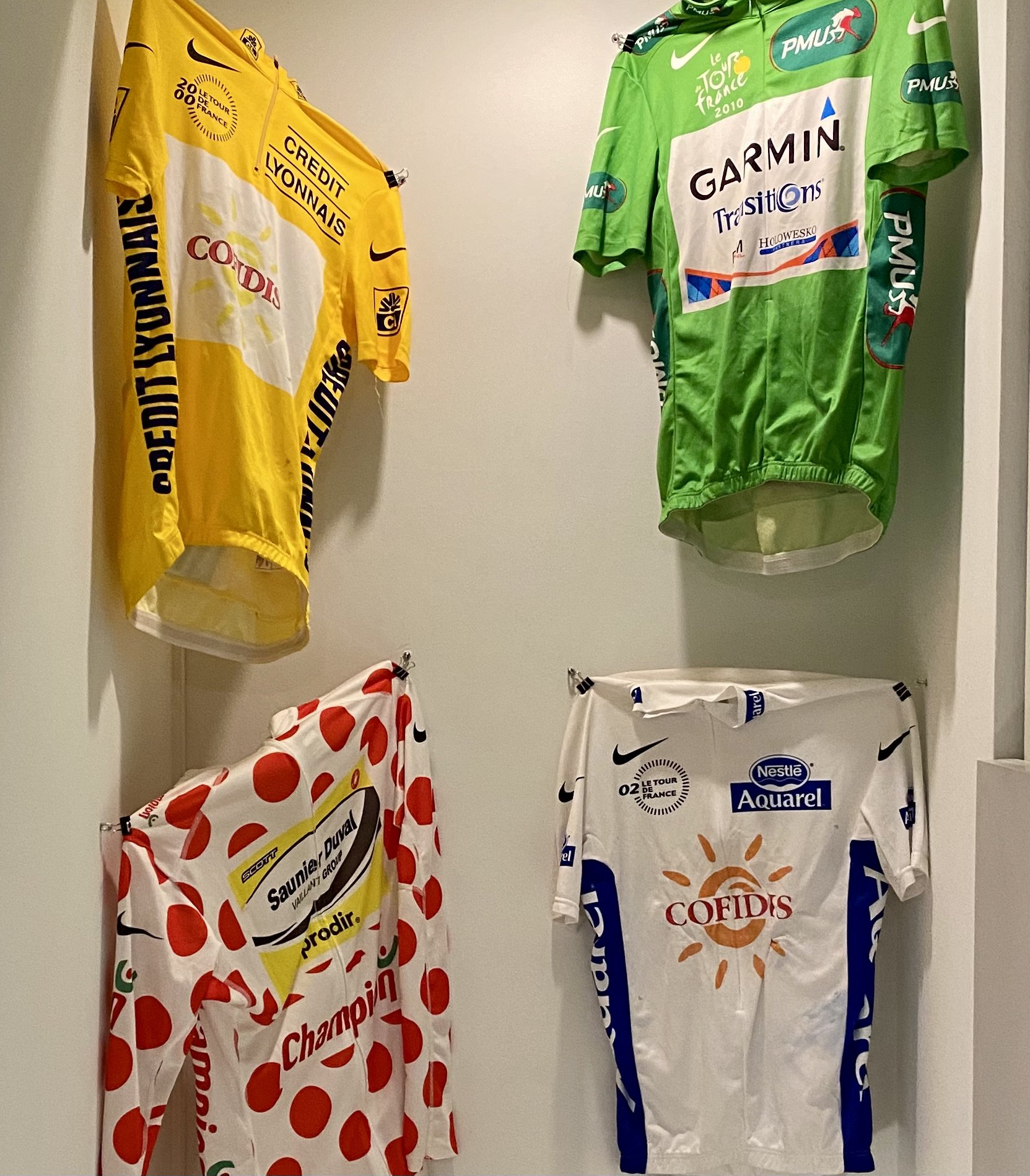~ The Stockholm Offsite
◎⁃◎
Hello,
Welcome to Connecting Dots, the monthly newsletter on Innovation Leadership by Brett Macfarlane.
It’s that time of year. Our minds shift from anticipating another swim on vacation to strategic planning at work.
Let’s dive into an intervention used by most leaders—the offsite.
Best,
Brett
◎⁃◎
The Strategic Offsite
August means the offsite season is approaching. Companies are starting to plan for 2023. For innovation leaders, it’s time to gain or retain space for your vision. A key planning intervention at your disposal is the offsite.
I love an offsite—the heightened ambition, edge of uncertainty and hope that things will become better.
Yet often, an offsite is seen as conflictual, confusing and chaotic. Though, isn’t that the point—to get all the tensions and different perspectives on the table, to clear the air and embrace a path ahead?
An Example of a Good Offsite
One of my best offsites was in Stockholm at the stunning waterfront museum Photografiska. I designed the action learning afternoon of the two-day summit for the “top 120” executives of a leading tech company.
The organization's culture was the focus. The goal was for leaders to learn and decide how to adapt and strengthen the culture to realize the company’s strategy.
Learning sounds fun and soft, but in the workplace, it can be hard and threatening. To truly learn means challenging what we know as individuals and elaborating what we can do as a team.
In a group environment, it means addressing the diversity of knowledge, experience and perspectives while building cohesion. Good offsites work with and contain these paradoxes rather than deny them.
That means you are designing for tension. A good offsite creates and works with tensions of competing needs—such as the need for planning while acting, thinking expansively while realistically or adding while removing resources.
Yes, creating tension may seem taboo but constructive tension is a sign of healthy leadership. Where you can share, scrutinize and integrate opposing perspectives, evidence and experiences.
The Experience of a Good Offsite
Constructive tension was at the centre of the Stockholm session. Managers had experienced small doses in prior offsites. Given culture was the topic, for this offsite constructive tension was the core objective to tangibly evolve the culture.
Of course, we designed tension carefully and compassionately. We provided the materials for learning and strategy implementation—goals, knowledge, language, tools, space and coaching.
The experience was planned like an orchestra. With different movements, builds, peaks, lulls and interludes. In practice, this looked like rounds of reflection, discussion and action. Each round building on the last.
We also used the building to enhance cognitive switches and engagement. We all get stale sitting in the same room all day, even if the views are stunning.
After the initial exec briefing and a personal reflection activity in the main plenary room, we moved to the group working space. This transition was intentional and primed individuals for group work.
Staying With the Conflict
At the start of the afternoon, there was resistance—to the challenge, the strategic question and of course me and my co-facilitators. All normal warm-up conflict. This conflict is a healthy elaboration of the task while processing and internalizing knowledge.
As we contained the tension and kept the mission on-task their conflict moved to the discussion. And from that discussion came different perspectives, experiences and facts that were shared within their groups. Individuals disagreed, agreed and elaborated.
I observed and sensed group dynamics to assess if the conflict was constructive and focused “on-task.” Were they addressing the strategic questions of their work?
Or did they drift “off-task” to a new “as if” topic? It’s normal for a group to become overwhelmed. Emotional responses may trigger regressive responses towards each other; fight/flight, dependency or pairing.
These responses might need escalation if it emerges they are caused by serious issues. Or typically, they just need a reassuring or clarifying guide to get them back on “on-task.”
When Participants Take Ownership
In this session, there was a lot for us to keep track of, assess, contain and guide. After about two hours the questions dwindled, and a steady buzz of collaboration filled the air with the odd burst of laughter, “ah ha!” or “Oooh, we could also!”
At this point, I started to feel unnecessary. Our guidance was no longer sought. The teams busied themselves with deepening their work. It’s always off-putting to not feel needed, but that is the point. It’s about them not us.
The point of an offsite is as a catalyst or accelerant of change. So that plans are more understood, better informed and personally invested empowering individuals to progress and learn from each other after the offsite.
The best offsites are learning interventions. They are an experience that develops connectedness, understanding and interpersonal commitment between colleagues. It’s where strategy becomes real.
The Strategic Offsite
A great offsite is an art of designing constructive conflict.
Here is a summary of a guide I use to design every aspect of an offsite. It enables us to address the past, present and future realities of a team.
There are 7 phases of constructive conflict :
1. Prepare (before the offsite)
2. Start by establishing ground rules
3. Get views on the table
4. Orchestrate conflict by highlighting differences
5. Encourage accepting and maintaining losses
6. Generate and commit to experiments (may require follow-up sessions or BAU integration)
7. Peer leadership consulting (mostly after offsite)
Each phase has its actions and is rarely linear.
For the full guide get in touch and I’m always happy to help with feedback on your plans.
◎⁃◎












